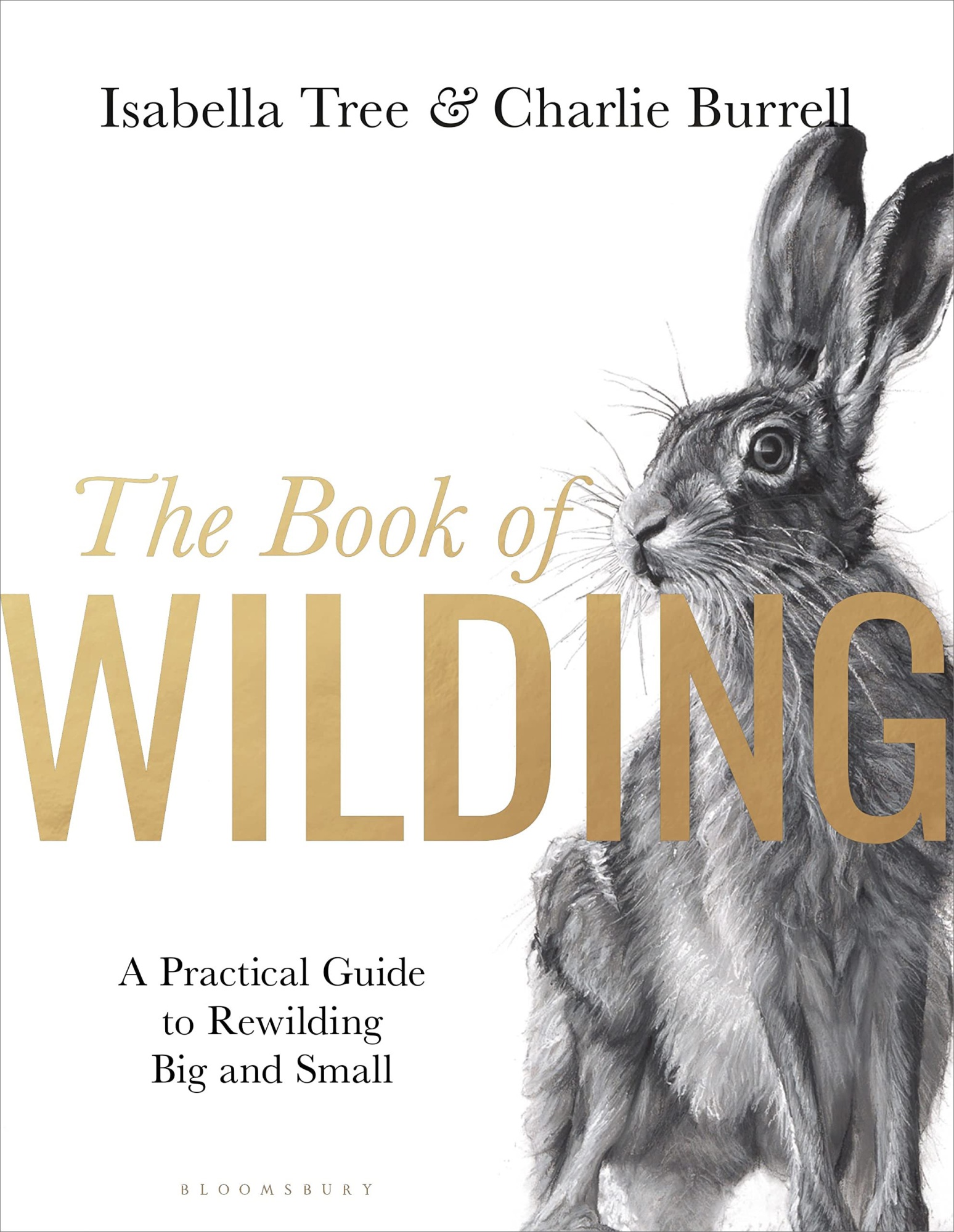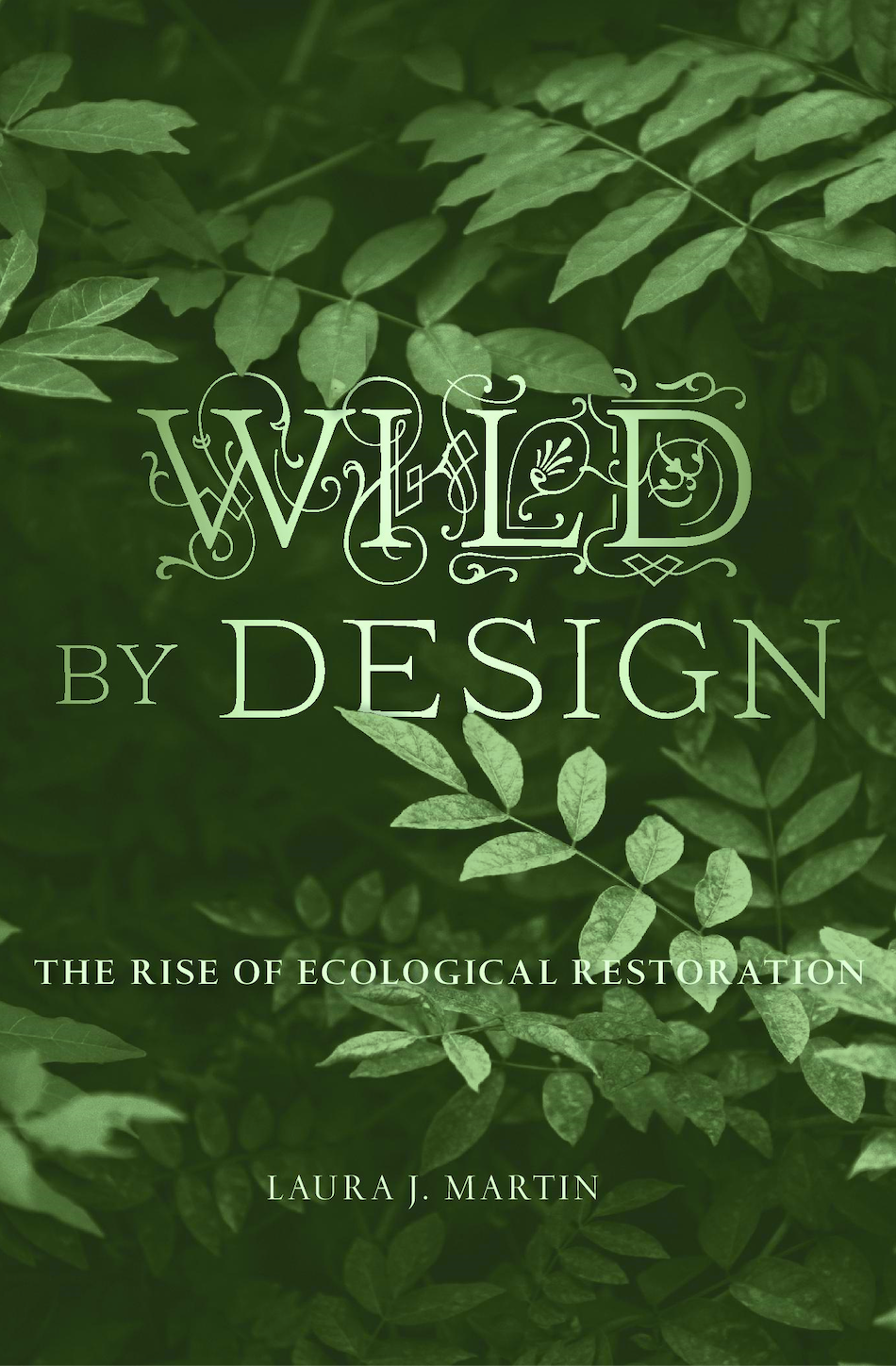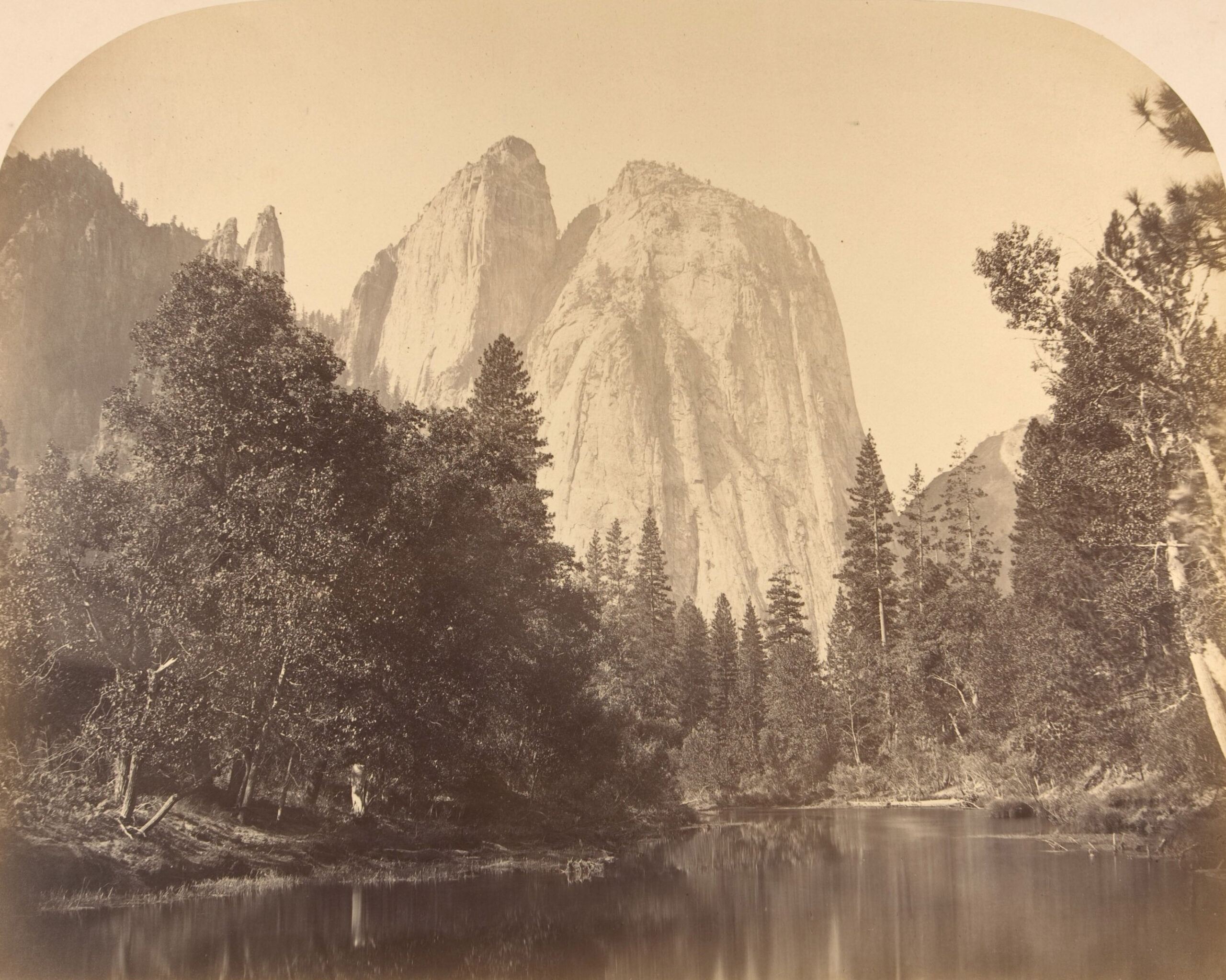What “rewilding” means—and what’s missing from this new movement
In Colombia, there’s a national debate about what to do with Pablo Escobar’s feral “cocaine hippos.” To many, the 160 hippos—descendants of four illegally imported African hippopotamuses that escaped from the drug kingpin’s private zoo after his death in 1993—are agents of destruction. Each night, they collectively chomp through half a ton of vegetation, and by day, the number of attacks on humans is slowly rising.
Yet while government officials have called for eradication, others see a surprising ecological blessing. A 2020 study found that the hippos bear similarities to Hemiauchenia camelids (giant relatives of llamas and alpacas) and the semiaquatic hoofed monster Trigonodops—both of which have been absent from the Colombian landscape since they went extinct 10,000 years ago. Similar to those animals, the hippos engineer habitats for native species by wallowing in the swampy shallows, and their voracious appetites mean they carry and deposit nutrients around the landscape. Instead of culling the hippos, dissenting voices have asked: What if they were allowed to remain, wild yet carefully contained?

In The Book of Wilding: A Practical Guide to Rewilding, Big and Small, Isabella Tree and Charlie Burrell ask us to “conjure up the ghosts of missing megafauna in our minds.” Rewilding proposes to make more room for natural processes and allow other species the freedom to shape their environments, with human management kept to a minimum. And the key, for Tree and Burrell, is bringing back megafauna. Success stories include the reintroduction of gray wolves to Yellowstone National Park, which created positive ripple effects such as reduced overgrazing by elk and increased beaver populations.
It has been only a fleeting moment in evolutionary time, the authors observe, since almost every landmass was crisscrossed by giant animals. Hulking, leaky creatures like hippos, elephants, and rhinos make a dynamic mess wherever they go, engineering the topography and architecture of the forest, cycling nutrients and dispersing seeds. Even in death, their rotting carcasses help nourish a patchwork of complex grasslands, open-canopy forests, and wooded swamps. Their absence from so much of the world has affected everything from the composition of its flora to the chemistry of its soil and seas.
But today, so-called proxies can be found filling in for species rendered extinct or locally absent. Some of these proxies were set loose negligently, like the packs of Arabian camels that mingle with kangaroos in Australia’s desert interior; others were deliberately introduced, like the Aldabra tortoises released to replace extinct cousins on two small islands off Mauritius.
Tree and Burrell advocate for such proxies from their privileged perspective as owners of a 1,400-hectare farm in pastoral southern England—Burrell’s ancestral estate, which comes with two castles (one a ruin) and the aristocratic title of baronet. For two decades, they have been leading figures in the movement to restore this wilderness, and The Book of Wilding is their blueprint for doing so.
Rewilding, they insist, is a “spectrum” of practices relevant to homes, schoolyards, cemeteries, and cities. But their book is unmistakably a practical bible for rural landowners. Those with a few thousand acres to spare will be treated to dense tables showing the quantity of livestock you should allow per hectare, advice on where to locate a deer-culling marksman, and hard-earned lessons in fencing poisonous yew trees from cattle.
The Book of Wilding is one of a growing number of books that propose practical projects to repair the natural environment and heal our relationship with it. This collection comprises manuals for regenerative agriculture, manifestos for policy change, and tomes that defy easy categorization. Fresh Banana Leaves: Healing Indigenous Landscapes Through Indigenous Science,by Jessica Hernandez, challenges many of the foundations of today’s restoration practice, while Wild by Design: The Rise of Ecological Restoration, by Laura J. Martin, gives helpful context for understanding how this restorative oeuvre has arisen.
Amid mounting awareness of environmental destruction and biodiversity loss—peaking with the UN’s landmark COP15 plan to protect 30% of the planet by 2030—these books aim to reveal alternative paths, leading us out from ecological anxiety toward hope for a wilder world. Not since the eco-utopian communes of the 1960s and ’70s has there been such an appetite for practical guides to engineering our surroundings to meet the needs of nature. Then, as design historian Lydia Kallipoliti noted in a 2018 paper, Stewart Brand’s 1968 Whole Earth Catalog and the slew of open-source manuals that followed defined a new practice of “activist ecological design,” which proposed blueprints for sustainable architecture in the service of a new, sustainable social and spiritual order.

Tree and Burrell see themselves as embarking on a similar mission: they’ve created a practical handbook for a “wilder, more resilient world.” And they practice what they preach—on Burrell’s family estate, they’ve removed fences to make room for herds of Old English longhorn cattle (proxies for the extinct aurochs), old-breed Tamworth pigs (stand-ins for wild boars), and Exmoor ponies—rare, tiny horses that now make up one of the largest feral herds in the UK.
Not since the eco-utopian communes of the 1960s has there been such an appetite for practical guides to engineering our surroundings to meet the needs of nature.
This has at times put them at odds with the neighboring farmers, who fear that noxious weeds or unsupervised animals will escape from Burrell’s land. But Tree and Burrell say their plan to transform agricultural fields into rich mosaic habitats is working: rare nightingales and purple emperor butterflies now breed there. Floppy-haired longhorns graze while white storks, the first spotted in Britain for over 600 years, nest overhead in the chimney of the couple’s castle home.
The United Nations has dubbed this the UN Decade on Ecosystem Restoration. Yet the rewilding approach is somewhat in tension with the science of restoration ecology. Restoration is defined by the US-based Society for Ecological Restoration (SER) as “the process of assisting the recovery of an ecosystem that has been degraded, damaged, or destroyed”—but no one quite agrees on what “rewilding” means, or whether it’s actually being done.
Fundamentally, rewilders emphasize hands-off practices to restore ecosystem functions. “Taking our hands off the steering wheel and allowing nature the time and space to express itself is one of the fundamentals of rewilding,” write Tree and Burrell. But in reality, this often means intervening intensively in the short term—say, by culling deer that eat young trees or reintroducing wolves—so that natural processes like forest regrowth can play out.
In the book’s appeal to planetary change—its conclusion calls for “an upwelling of global public action.” It can feel as if we have skipped a few important steps. Like, where do those of us without castles fit in? If rewilding is a verb, who is its subject? And what really is the goal in all this?
Stewards of the land
Jessica Hernandez, an Indigenous scholar, proposes a very different vision of land stewardship, shining a light directly into what’s been a major blind spot for much Western environmentalism: those communities that have maintained long histories of living sustainably in biodiverse landscapes.
Her book Fresh Banana Leaves: Healing Indigenous Landscapes sets out to reverse centuries of “whitewashing” that have eradicated or marginalized Indigenous land management practices. These connections with the land—including such diverse techniques as harvesting wild and semi-wild plants, setting beneficial forest fires, and cultivating coastlines—grew out of specific environments, only to be displaced first for capitalist exploitation and later by wilderness reserves from which native people were evicted.

At the outset, Hernandez argues that in order for us to “start healing Indigenous landscapes,” each person must acknowledge our place in the social system that is overseeing climate collapse. For the majority of people in the Americas who aren’t Indigenous, this means understanding that we can be either “settlers,” “unwanted guests,” or “welcomed guests”—roles determined by the Indigenous communities native to these lands.
Today, Indigenous communities protect 80% of global biodiversity while holding just over 25% of land. But despite this record, environmental organizations have rarely invited Indigenous stewards or leaders to manage conservation projects. While leading voices such as Deb Haaland, the US secretary of the interior, have called for environmental management to begin integrating Indigenous knowledge, Hernandez sets out a more radical project that begins with Indigenous frameworks and challenges those Western concepts that cannot be incorporated into them. Much of the book is a rebuke of Western concepts that have come to dominate environmentalism, including foundational ideas like “wilderness” and “conservation,” for which she says Indigenous languages have no direct translation. Hernandez instead focuses on “kincentric ecology,” a term coined by the Indigenous scholar Enrique Salmon for “the notion that we are not separate from nature but rather an integral component.” This is increasingly taken as true by Westerners too, but Hernandez is not arguing for finally granting Indigenous people a seat at their decision-making table. “It is time we stop trying to have our knowledge validated and rather build our own tables and be the ones who validate Western knowledge systems,” she writes.
In a narrative that braids personal history, criticism of Western environmental sciences, and Indigenous case studies, Hernandez begins her story with the banana tree. Although the banana was transplanted from Southeast Asia to Latin America as an agricultural crop, Hernandez finds kinship in these trees. They fed her father, a Maya Ch’orti’ man, when he was a child soldier in El Salvador’s brutal civil war, in which US-backed military death squads terrorized insurgents and Salvadoran civilians. Even more striking, her father credits a banana tree with saving his life when a bomb that was dropped on him failed to detonate after landing in its leaves. He passes on the lesson that “nature protects us as long as we protect nature.”
The models she proposes are drawn from examples that have worked in the Americas, such as the community-based forest management of Santiago Xiacuí, a town in Oaxaca, Mexico, that has stopped illegal logging and deforestation while supporting a local economy based on wood and natural resources. Further examples come from Indigenous-led marine protected areas, sustainable economies based on artisanal crafts, and networks of mutual aid. Crucially, each emphasizes self-reliance and self-governance, favoring those approaches that promise to grow power from the Indigenous communities’ roots.
One cornerstone of her argument is the demand for “land back,” the return of large areas of the Americas to communities displaced by colonialism. “Land back allows us to reclaim our self-autonomy and determination,” she writes. She gives an example: in the Zapatista uprisings of 1994, Indigenous peasants seized thousands of hectares of land in the Mexican state of Chiapas from cattle ranchers and other large landowners, employing tactics that merged armed rebellion with symbolic acts of resistance.
The restoration myth
If current projects to restore the degraded planet seem curiously conflict-ridden, the environmental historian Laura J. Martin reveals that this mission has never been a harmonious one. In Wild by Design: The Rise of Ecological Restoration, she walks us through how restoration as a distinct practice emerged from a set of disjointed projects championed by American land managers and environmentalists beginning in the early 20th century.

The philosophy located itself between wilderness preservation—roping off nature into protected areas like Yellowstone National Park to leave it untouched—and conservation, or managing “working landscapes” intensively by planting trees, culling animals, and sustainably exploiting natural resources. “Whereas conservationists like President Theodore Roosevelt and Gifford Pinchot, first head of the US Forest Service, believed that experts could guide the efficient management and use of natural resources for the greater good,” Martin writes, “preservationists adhered to a Romantic belief in the sanctity of undeveloped nature, opposing conservationist projects to harvest forests and dam rivers.”
Often erroneously said to have started in 1988 with the founding of the Society for Ecological Restoration, restoration activities actually began much earlier, with the American Bison Society (established in 1905). Its successful efforts to prevent the extinction of the bison relied on vast reserves designed for breeding the animals, appropriated from Indian reservations. Far from a universal good, these reserves were “as much a part of the settler project as the bison’s initial destruction,” Martin says, with those who had tamed the American West now restoring it as a place for manly adventure.
Martin tells a story about how big ideas, like restoration, are shaped by real things—federal regulations, lawsuits, funding flows, trade legislation, impatient senators, and industrial patrons. For a surprising chunk of the 20thcentury until the early 1970s, for example, the main funder of ecology in the US was the Atomic Energy Commission.
At a time when President Eisenhower was desperate to build public support for federal investment in nuclear weapons research, his Atoms for Peace campaign doled out radioactive cobalt-60 to scientists. This radioisotope allowed them to breed mutated salmon and trout in a quest to grow more robust fish for America’s waterways and fishing industry. In May 1961, 22,273 irradiated fish were released into Portage Bay in Seattle to migrate to the ocean.
Restoring the planet is always a process of design, one that is shaped by the values, idiosyncrasies, and blind spots of those in charge.
Laura J. Martin, environmental historian
These fish fared surprisingly well—twice as well as non-irradiated fish—and ever since have been outcompeting natural fish and breeding with them, not to mention the countless other “improved” fish released by states and federal government agencies every year since at least the 1930s. Catch a wild fish today and its body probably bears marks of human manipulation: “It is perhaps anachronistic to call any fishery ‘wild,’” Martin writes.
Wild by Design’s biggest gift is to “denaturalize” restoration as it is done today, showing that concepts that can seem essential to the practice, such as eradicating invasive species or returning landscapes to some pre-disturbance state, have been insignificant for much of the movement’s history.
Readers might be surprised to learn that both Wilding and Banana Leaves critique what they view as alarmist narratives around non-native species. Martin shows how invasive-species management grew to prominence opportunistically by capitalizing on other forms of American nativism. Starting in the 1980s and 1990s, environmental charities piggybacked on fears about migration and the softening of national borders. By the post-9/11 years, the Nature Conservancy had adopted the language of counterterrorism, calling for “rapid-response” units to “attack” invasive species and transforming environmental managers into “Exotic Plant Eradication Strike Teams.”
Martin argues that returning landscapes to “pre-human” or precolonial conditions—often assumed to be the core purpose of restoration—emerged as a widespread goal only in the 1980s before diminishing again in the 2000s, as climate change and human development made that impossible. Nor was it necessarily desirable. Since the American restoration movement largely set the arrival of Europeans as its baseline and excluded Native Americans from the lands in question, it typically resulted in human-cleared, ecologically restored fantasy worlds that allowed White Americans to perpetuate the myth of the New World’s “discovery.”

Restoring the planet is always a process of design, says Martin—one that is shaped by the values, idiosyncrasies, and blind spots of those in charge, even when they claim to be ceding control to wild and primeval forces. “Restoration is, by definition, active: it is an attempt to intervene in the fate of a species or an entire ecosystem,” she writes. “If preservation is the desire to hold nature in time and conservation is the desire to manage nature for future human use, restoration asks us to do something more complicated: to make decisions about where and how to heal. To repair and to care. To make amends for the damage we have done, while learning from nature even as we intervene in it.”
Wild by Design, like Fresh Banana Leaves, is held together by a forthright argument for responsibility and accountability. Restoration projects cannot afford to commit mistakes already made by wildlife conservationists, they argue, by displacing vulnerable minorities and erasing culture in pursuit of pharaonic visions of nature cleared of human influence. Both these accounts, grounded in history, show why restoration must be democratic and guided by open deliberation about justice. “Who benefits from restoration? Who is harmed? Who does the work of care, and who is cared for?” asks Martin. “Whose vision of wildness is acted on?”
Rewilding, as it is framed by Burrell and Tree, has little to say on such questions of justice. Given that their practice arises from a private landholding, ideas like democracy and participatory decision-making are far from the authors’ minds. The restoration that happens is their personal vision; justice never gets a mention in 500 pages of Wilding. Yet as these accounts show, questions about how to share the finite space of the planet with other people, as well as other species, cannot be ignored. As restorative practices become wide-reaching and world-shaping, Martin concludes, restoration’s power to transform landscapes reintroduces familiar dangers for the powerless: “I suggest that we conceive of restoration as an optimistic collaboration with nonhuman species, a practice of co-designing the wild with them. But we still have the responsibility to collaborate with one another, too.”
Matthew Ponsford is a freelance reporter based in London.














































